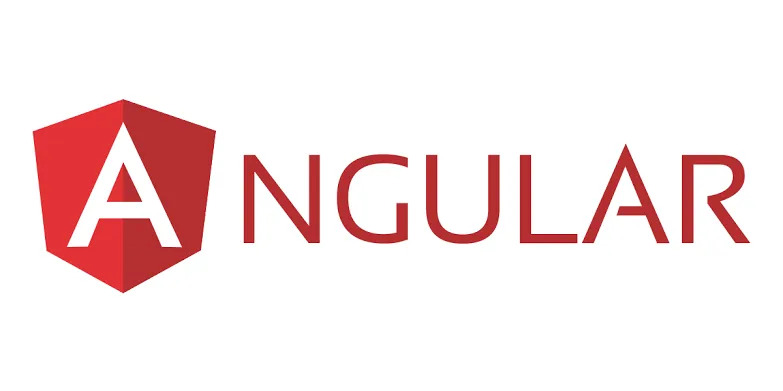There are different ways to read local Json file in Angular. In this example,We’ll also see how to read and display the data from JSON file in angular
Different ways to read local JSON file.
Reading JSON file using typescript import statement.
Reading JSON file using Angular HttpClient.
Reading JSON file using ES6+ import statement for offline Angular apps.
Reading JSON file using ES6+ import statement for offline Angular apps
Step 1: Create an Angular application with Angular CLI
ng new read-local-json-angular
Step 2: Create JSON file with dummy data
We’ll create dummy json data files which will be containing list of employees.
{
“employees”: [
{
“id”: “1”,
“name”: “Shaik Iliyas”,
},
{
“id”: “2”,
“name”: “Mullamwar Teju”,
},
{
“id”: “3”,
“name”: “Syed Amrin”,
}
]
}
Now in this app, I will show the data in app component.
Step 3: Import JSON file in the component
Update app.component.ts file, Have a look on the update app.component.ts file.
import { Component } from ‘@angular/core’;
import employees from “../../assets/employees.json”
@Component({
selector: ‘app-root’,
templateUrl: ‘./app.component.html’,
styleUrls: [‘./app.component.css’]
})
export class AppComponent {
title = ‘json-file-read-angular’;
public employeesList:{name:string}[] = employees;
}
By default, Angular doesn’t read the JSON file in the application. So we need to do some extra stuff for that. So we will create a file named ‘json-typings.d.ts’ inside the app folder of the project. Add below code in it.
declare module “*.json” {
const value: any;
export default value;
}
Step 4: Update Component Template file
Add below code inside app.component.html file
<div style=”text-align:center”>
<h2>
Employee list from local json file…
</h2>
<ul *ngFor=”let item of employeesList”>
<li>
<h3>Employee Name :{{item.name}}</h3>
</li>
</ul>
</div>
Step 5: Run the app
Run the app with npm start over terminal





Leave A Comment